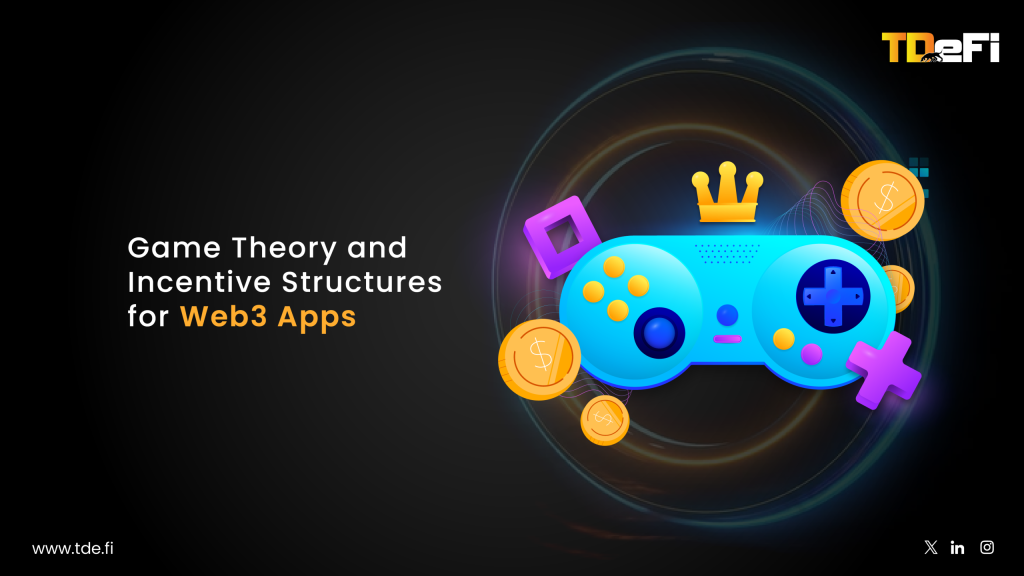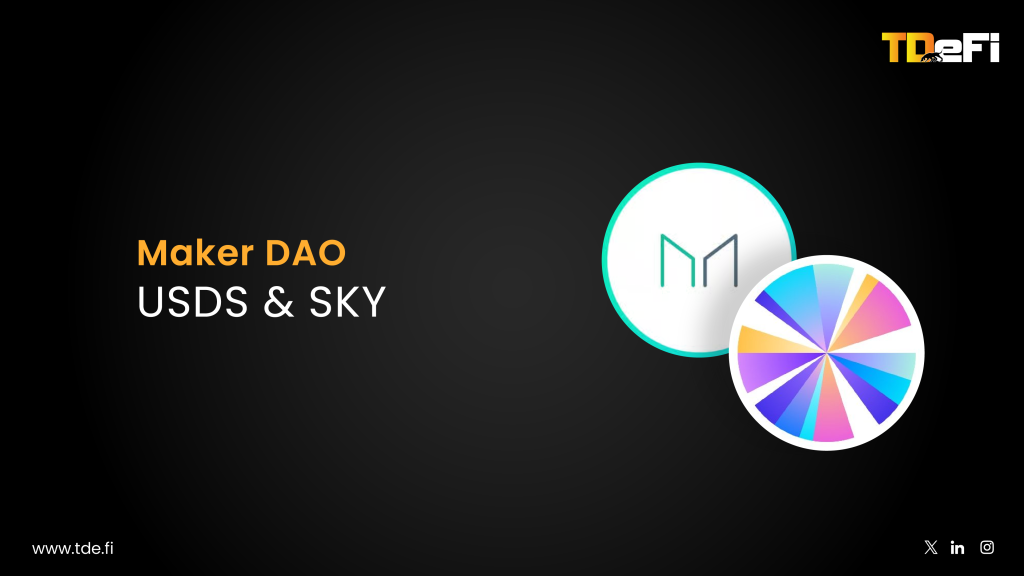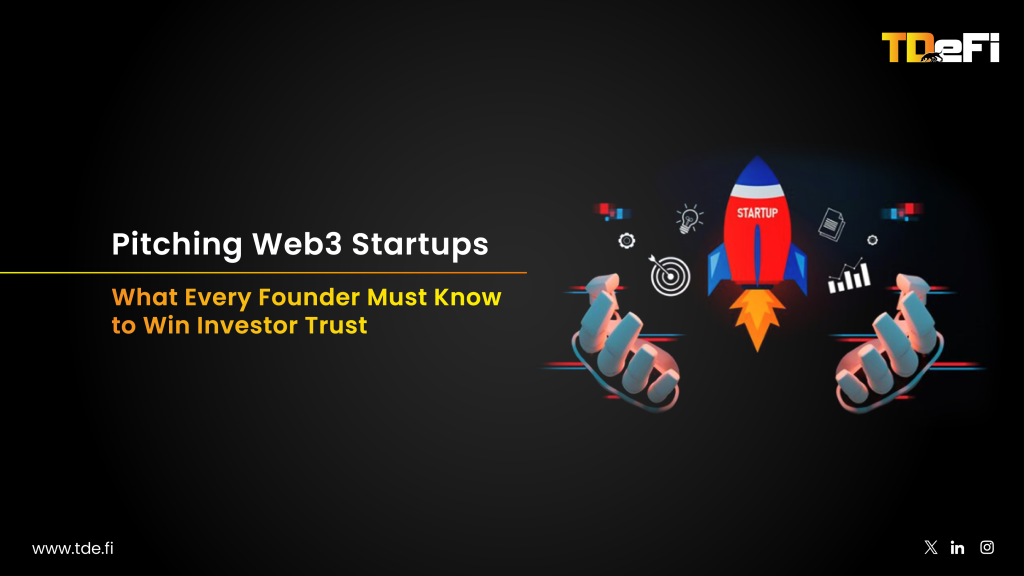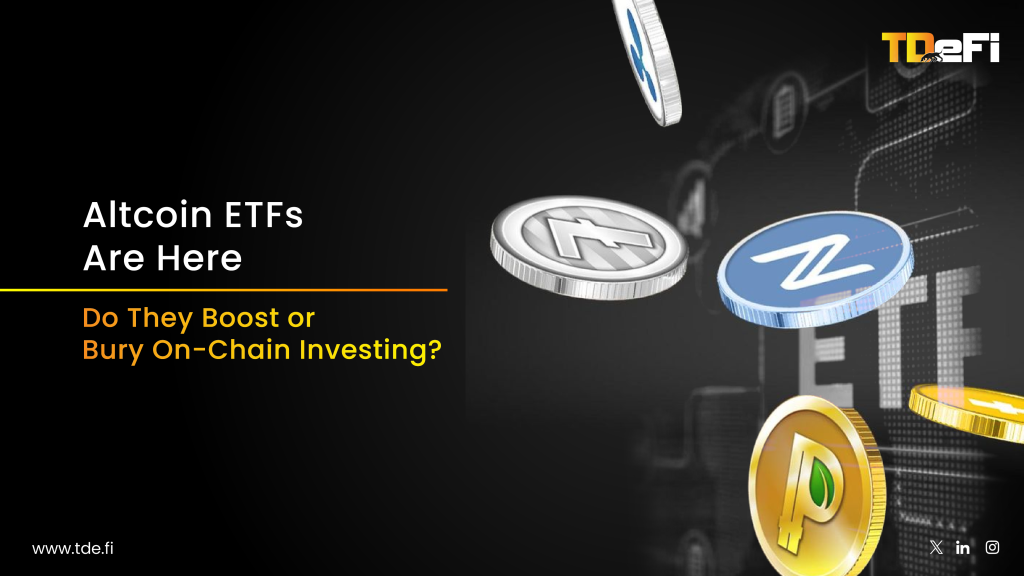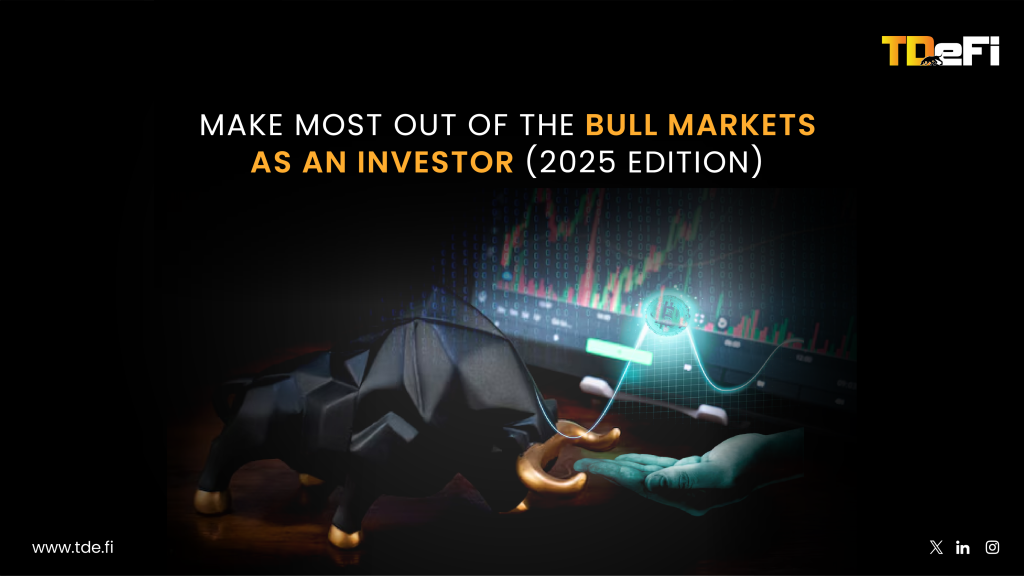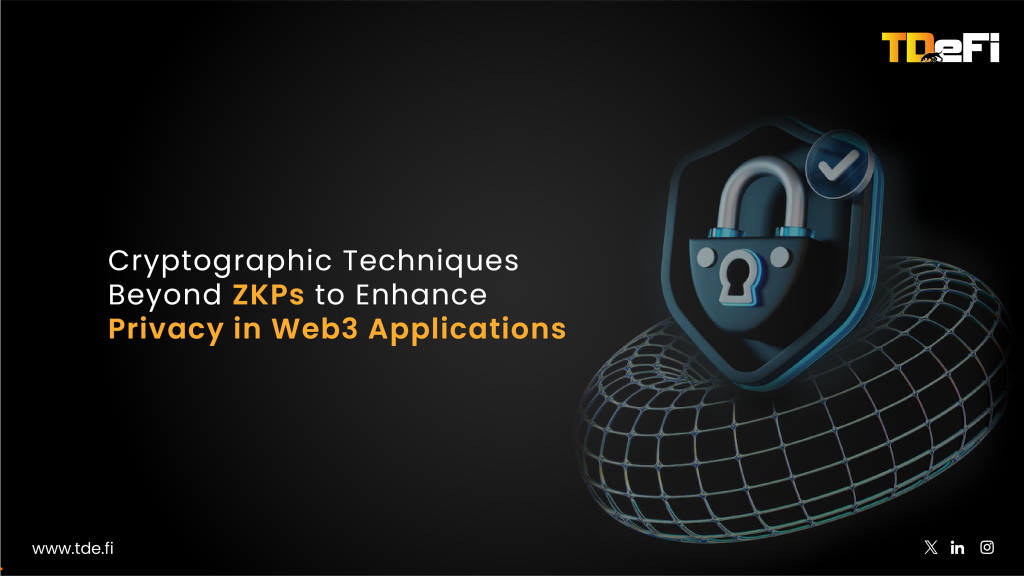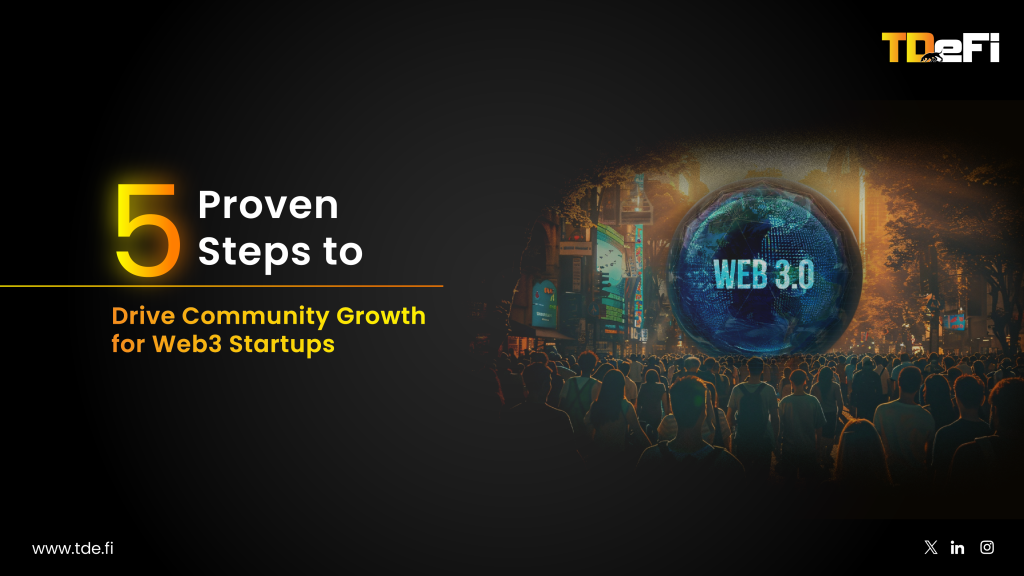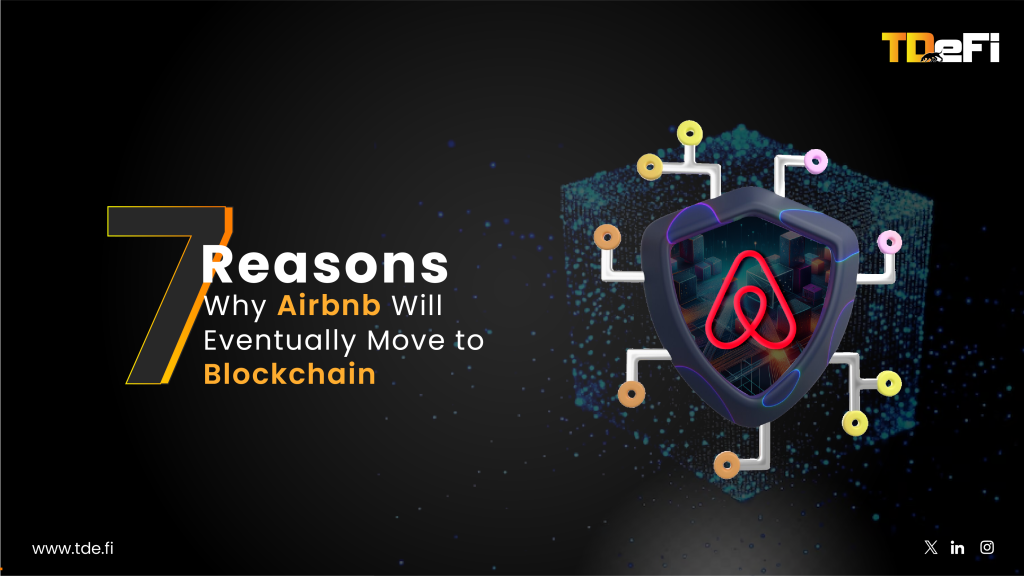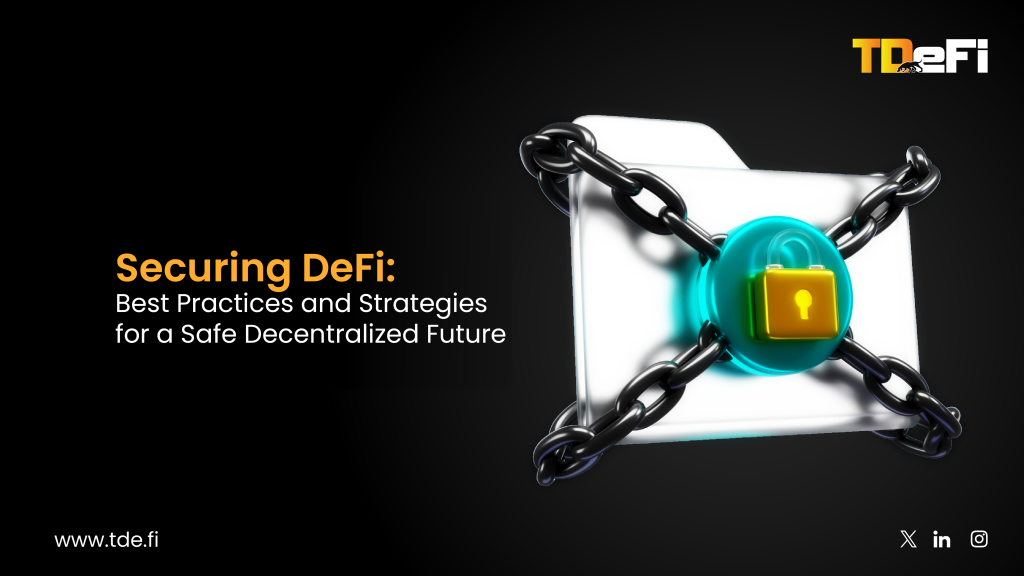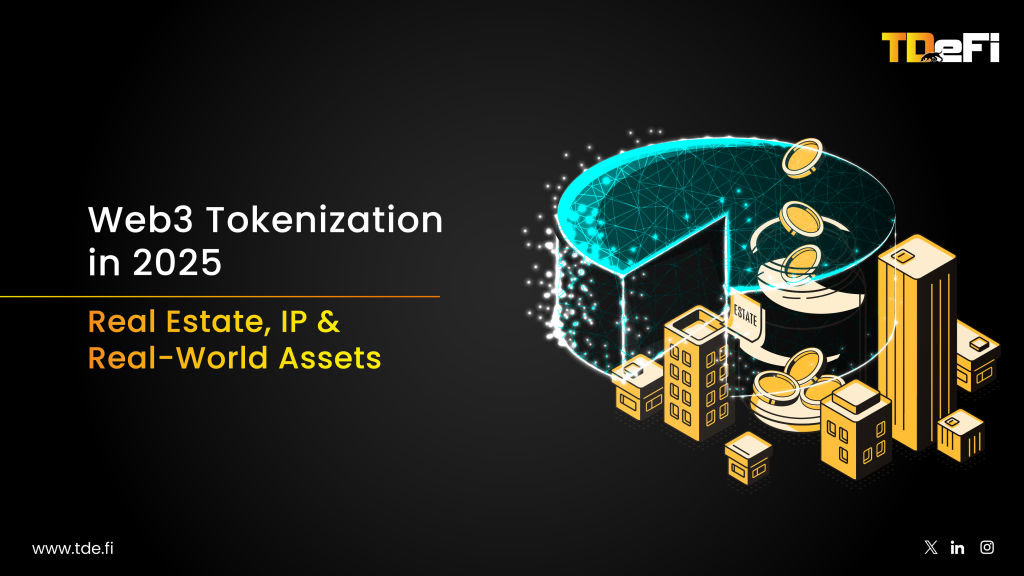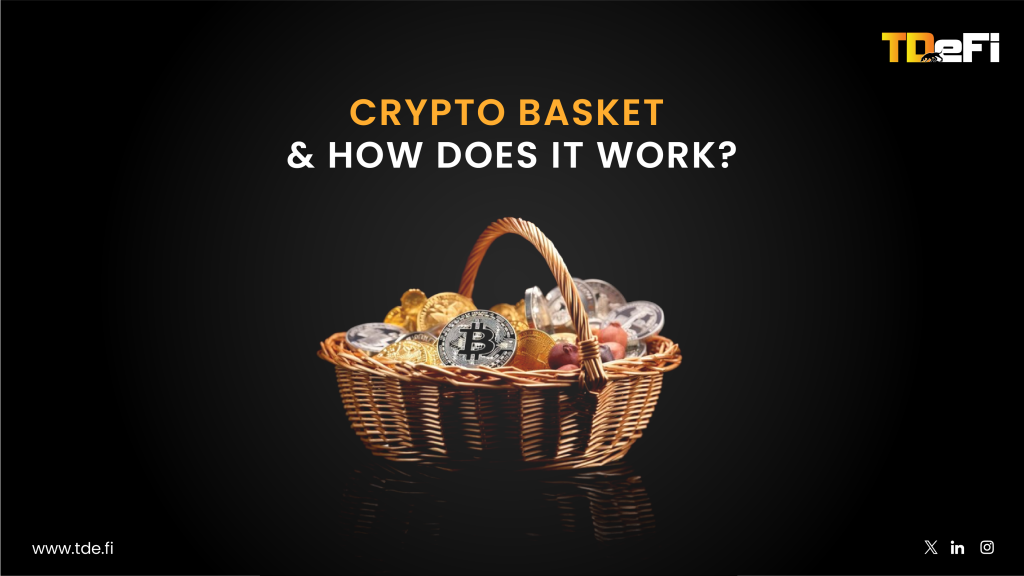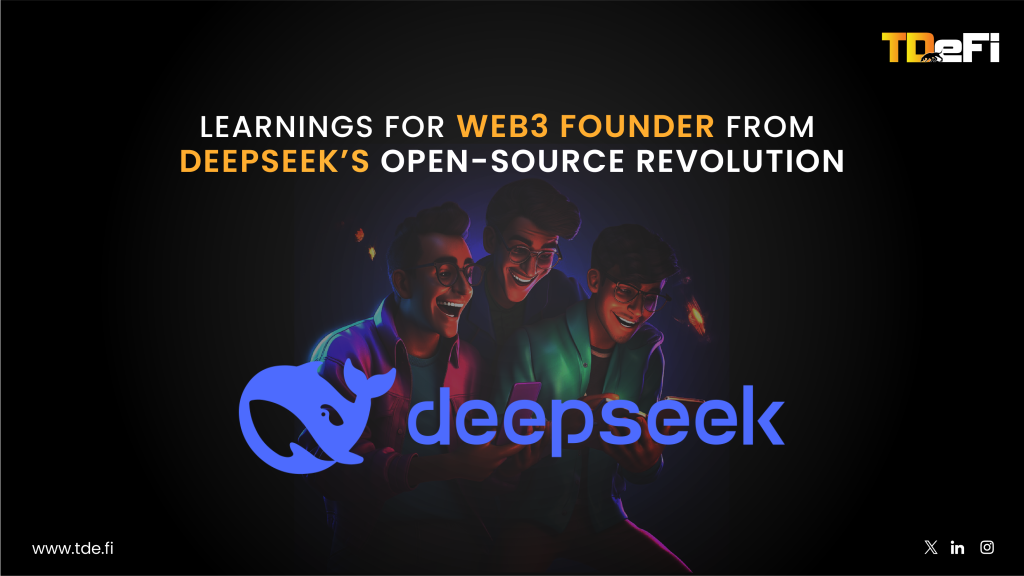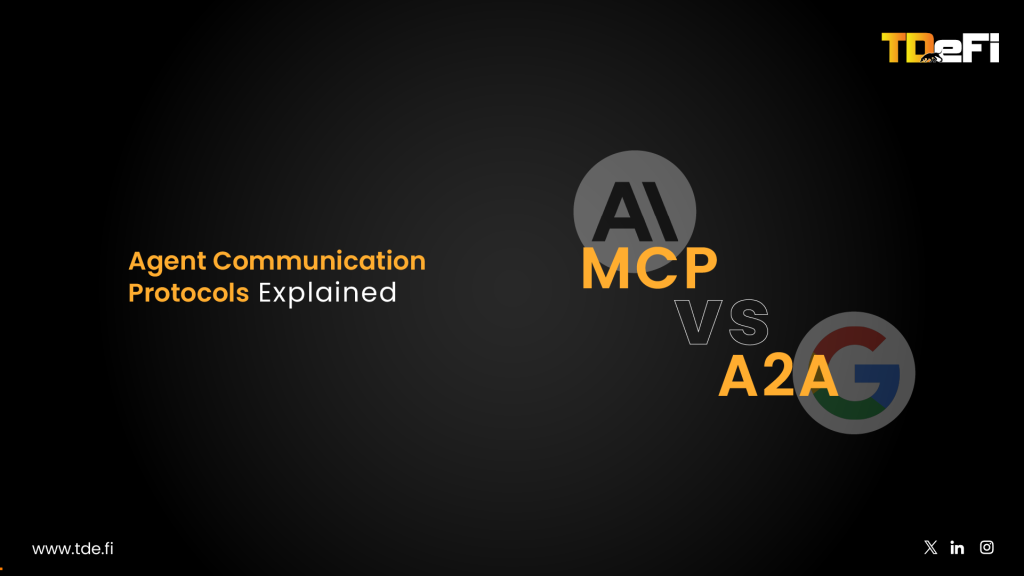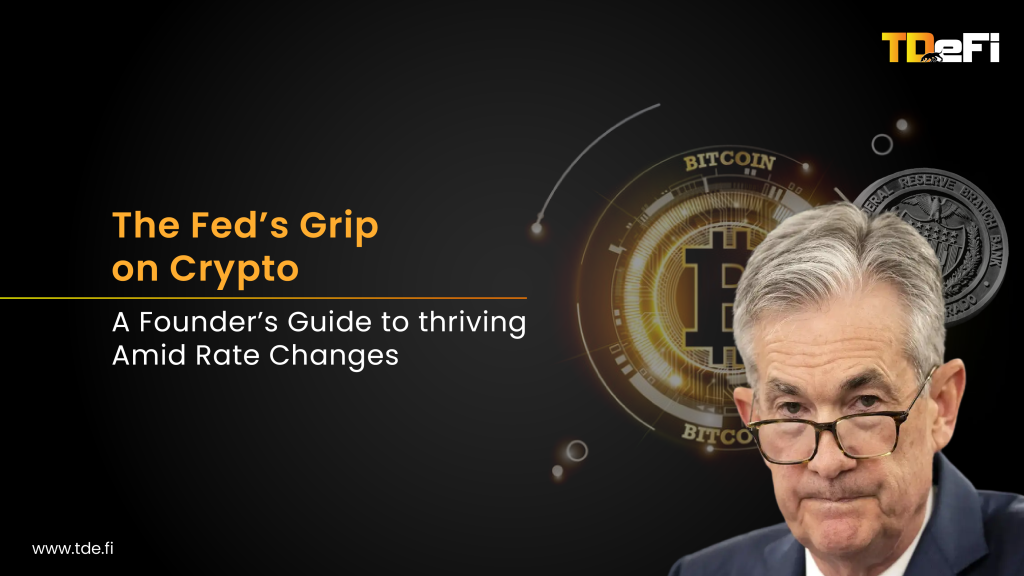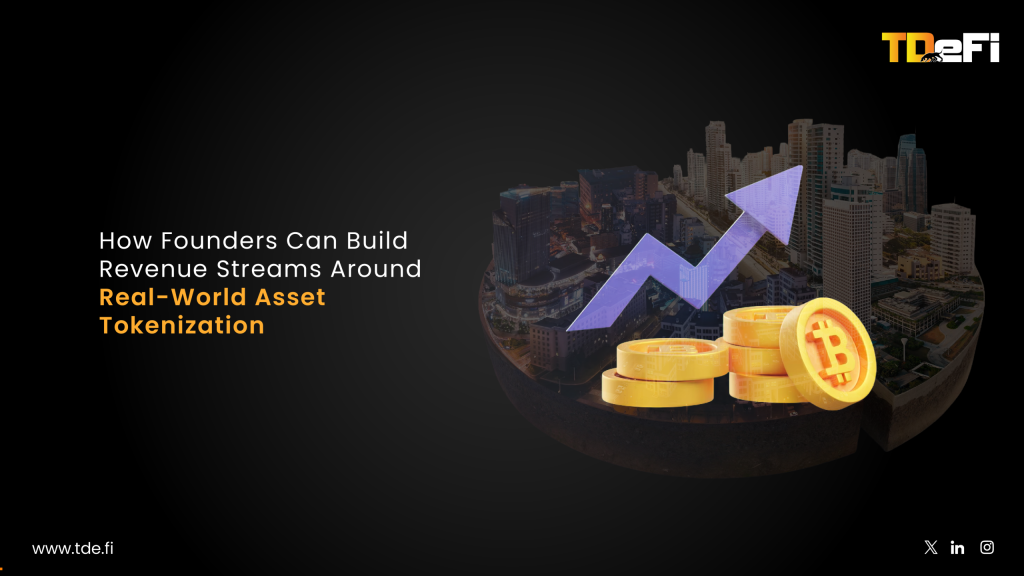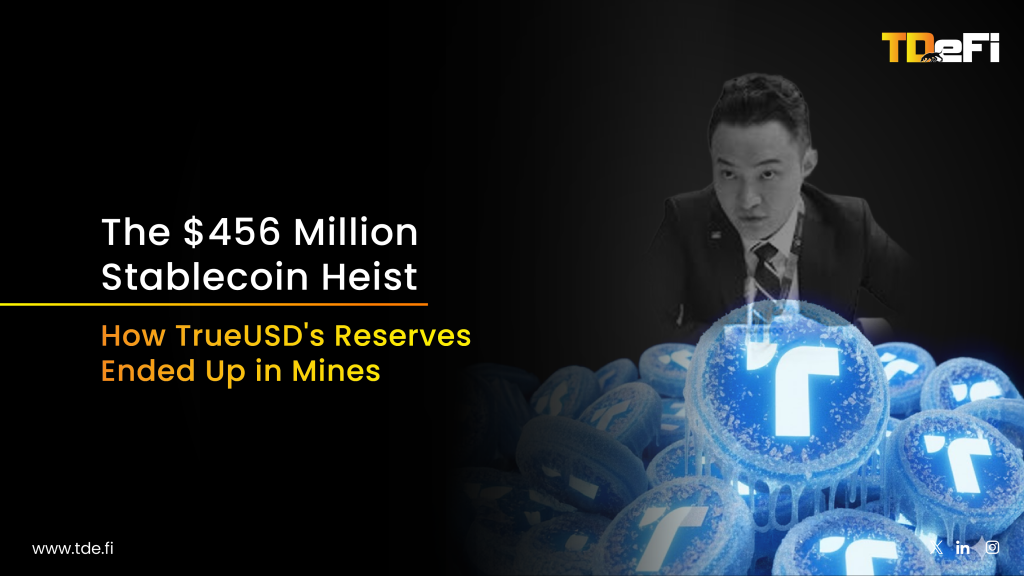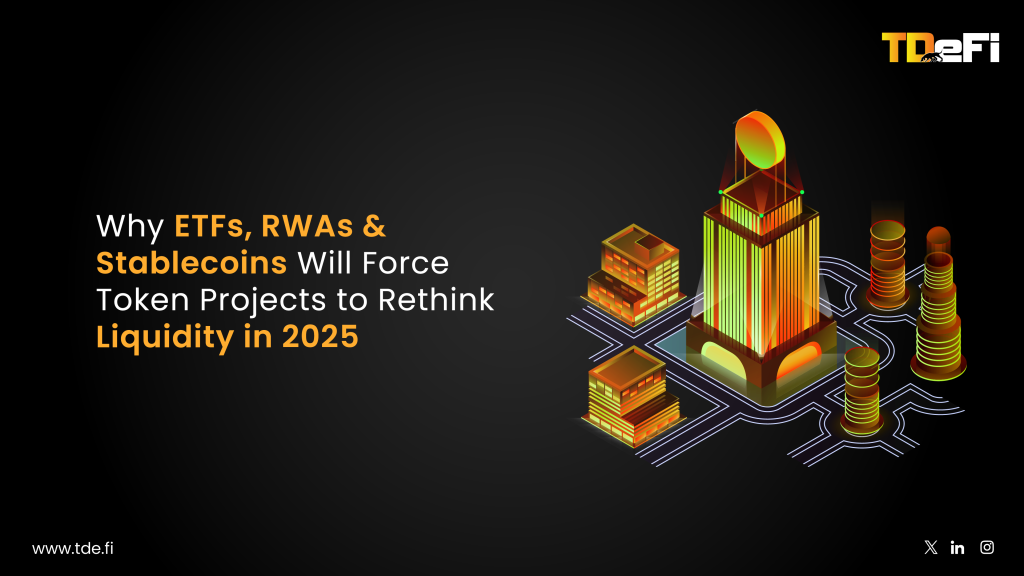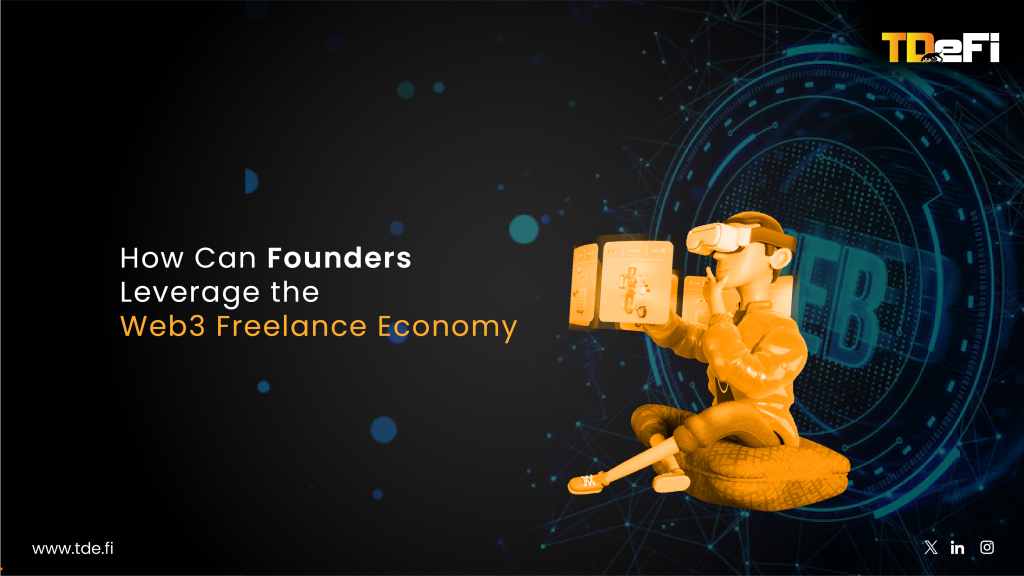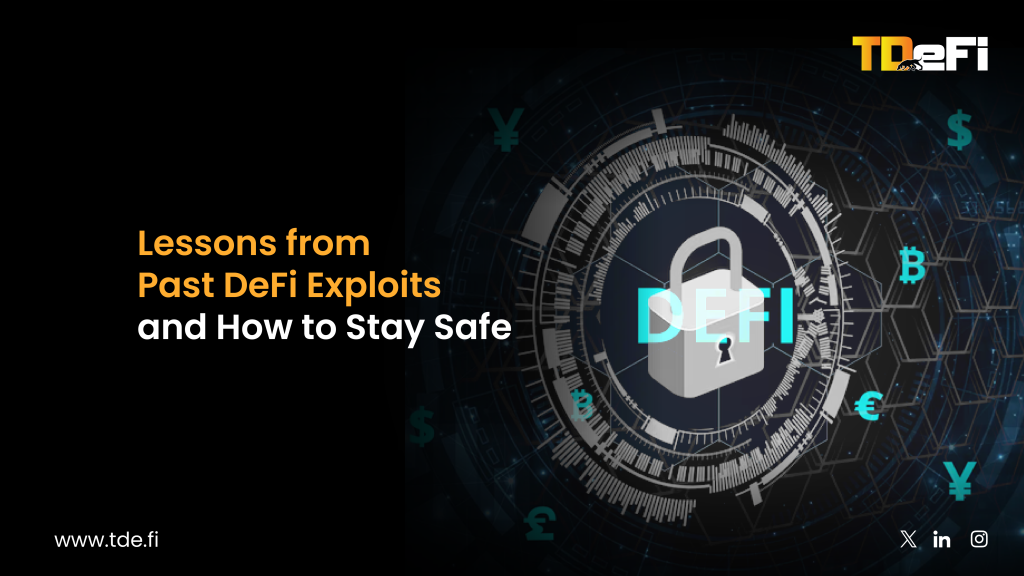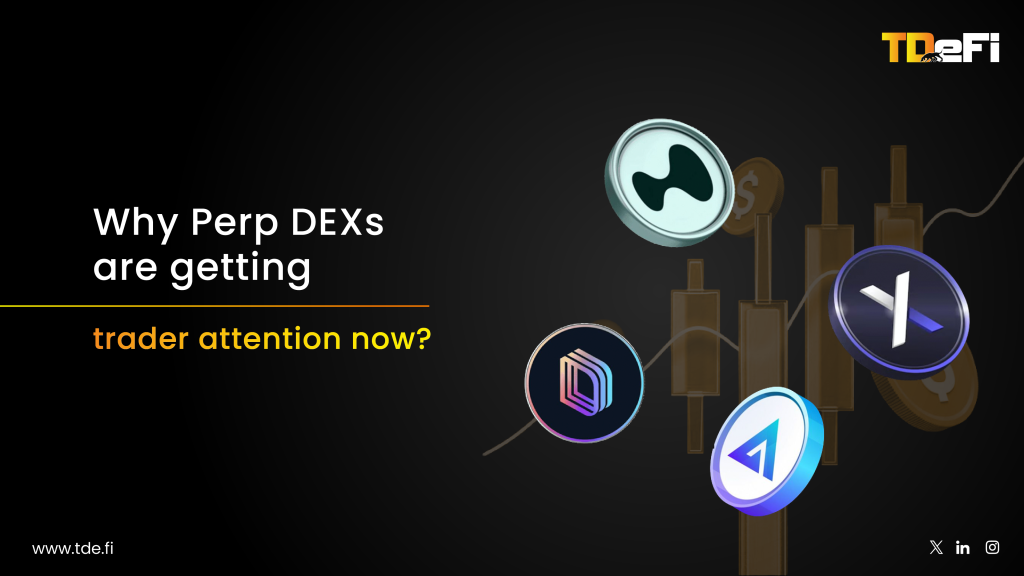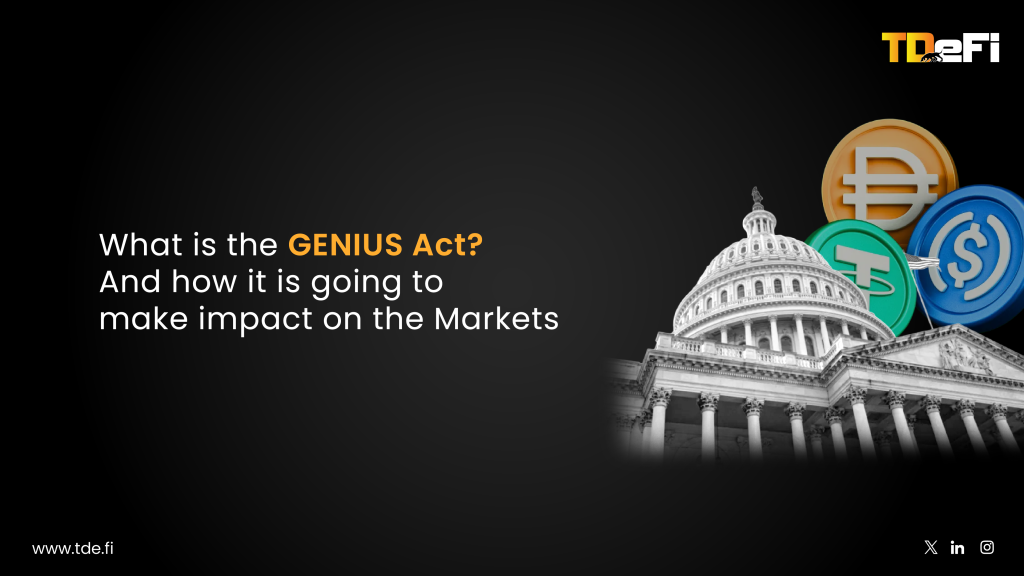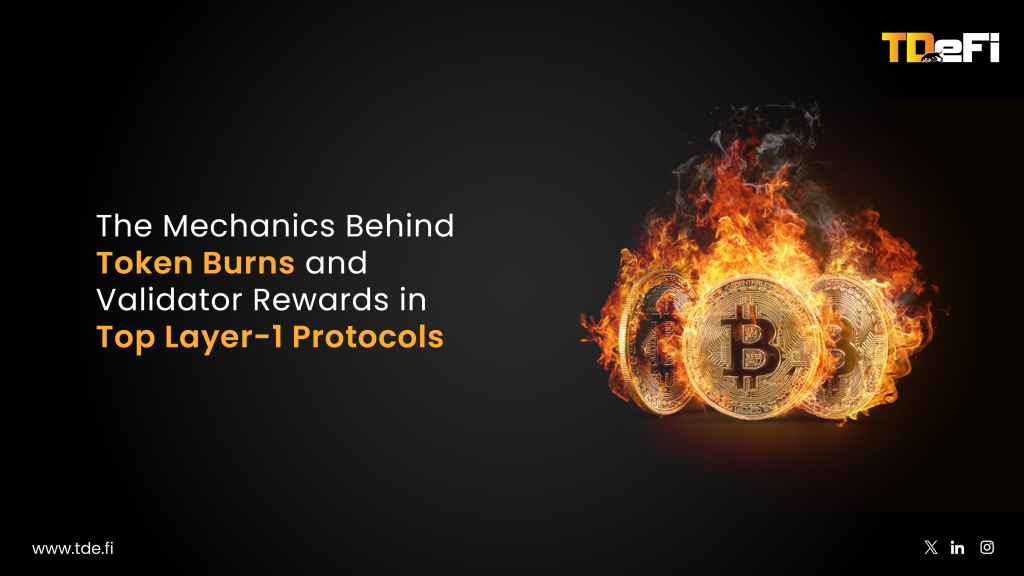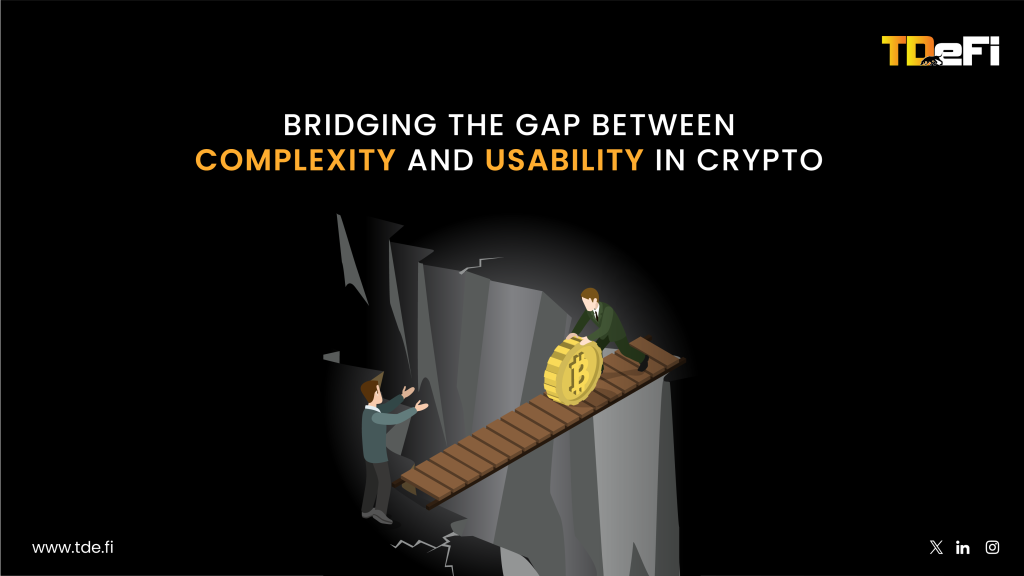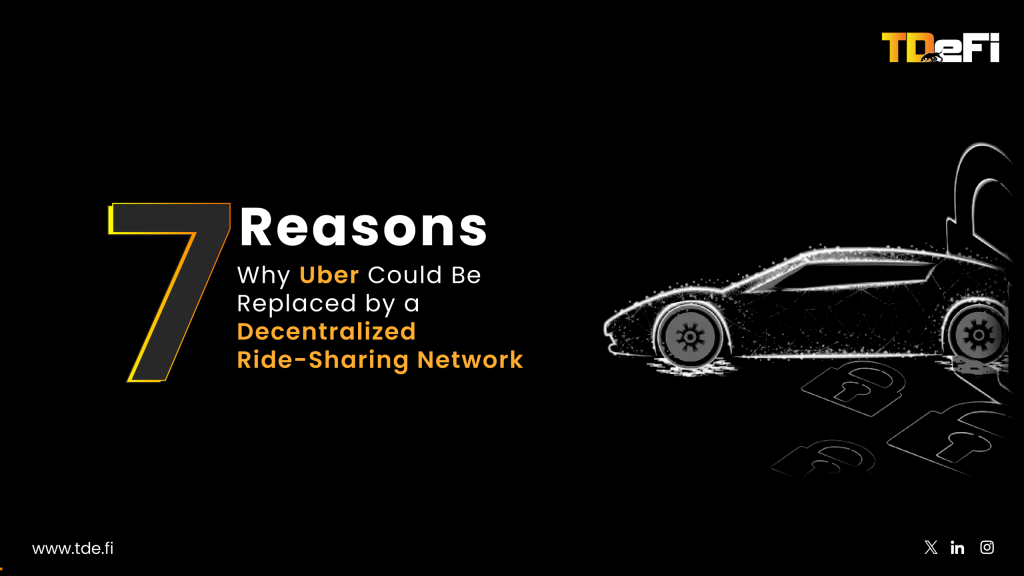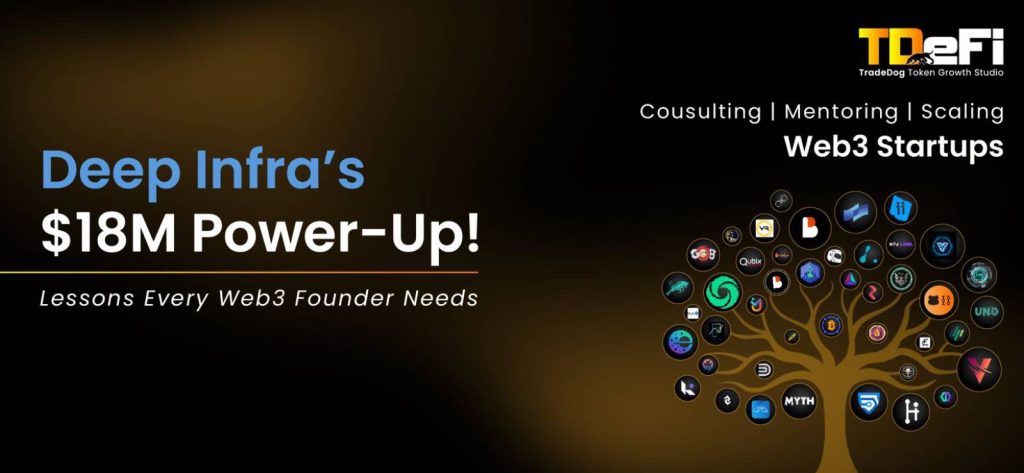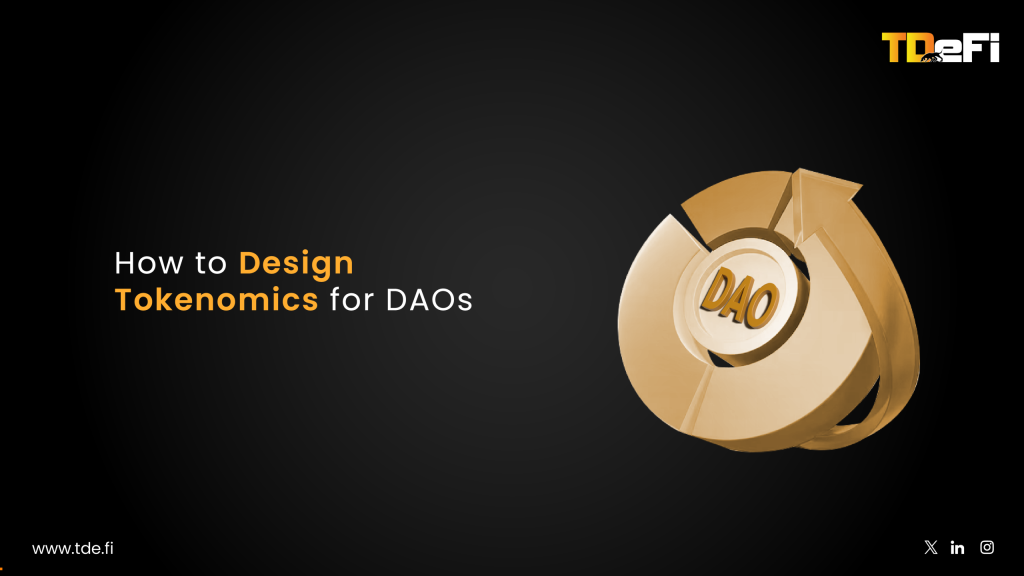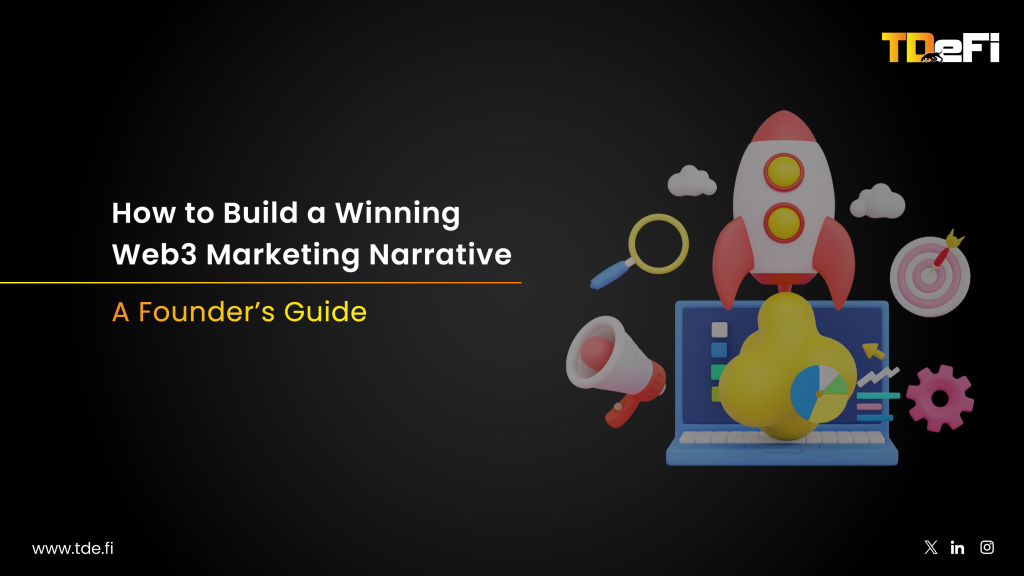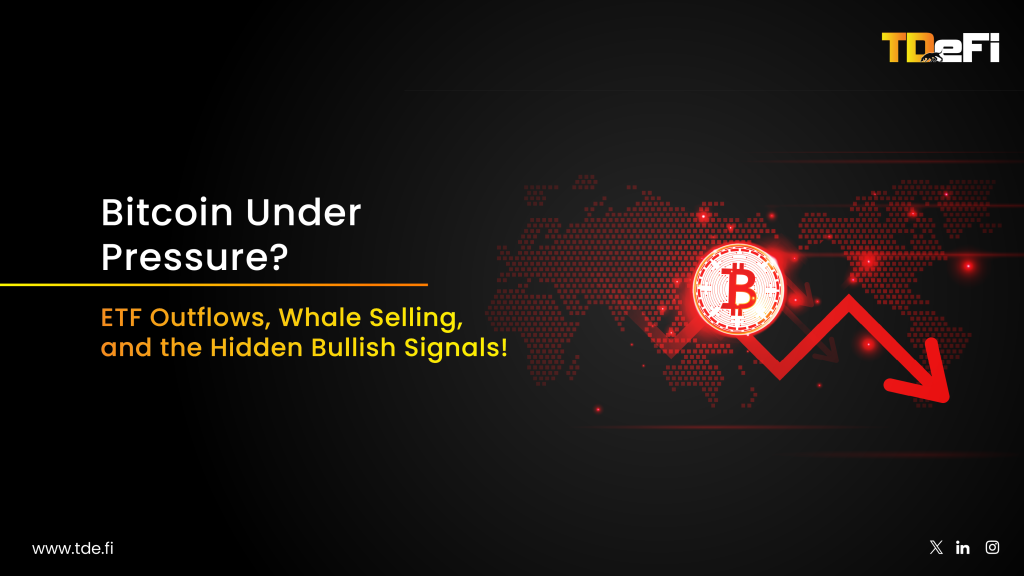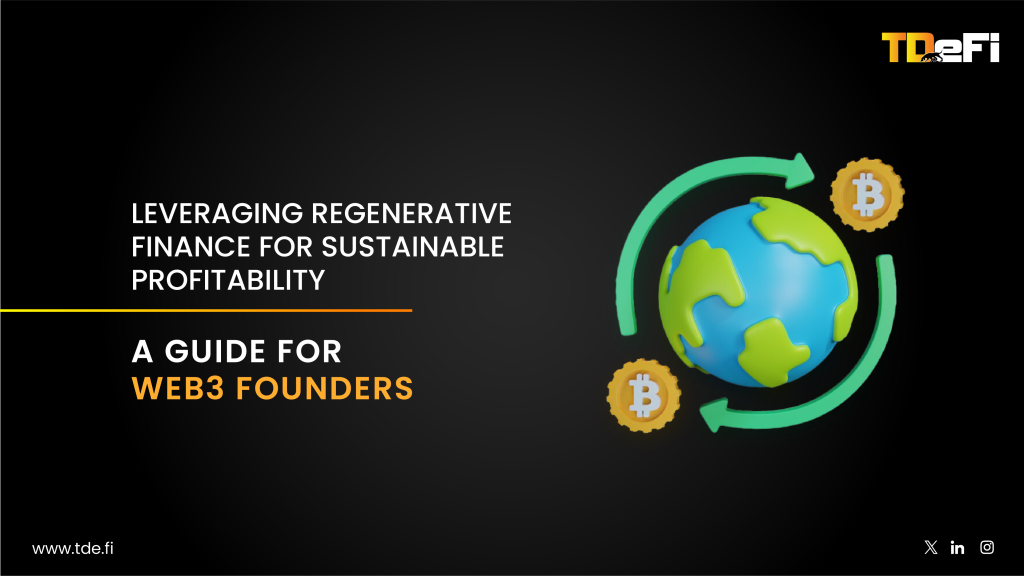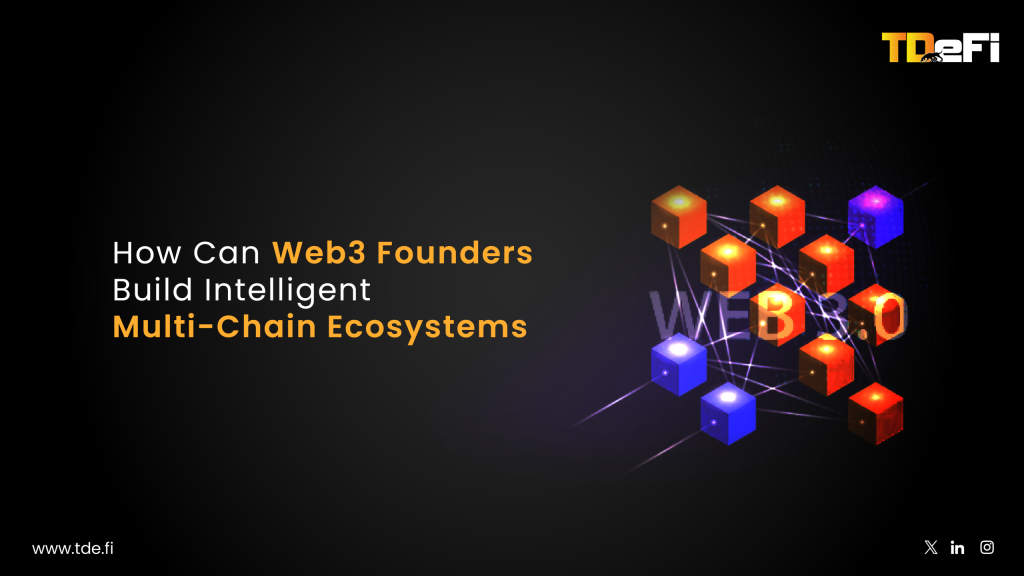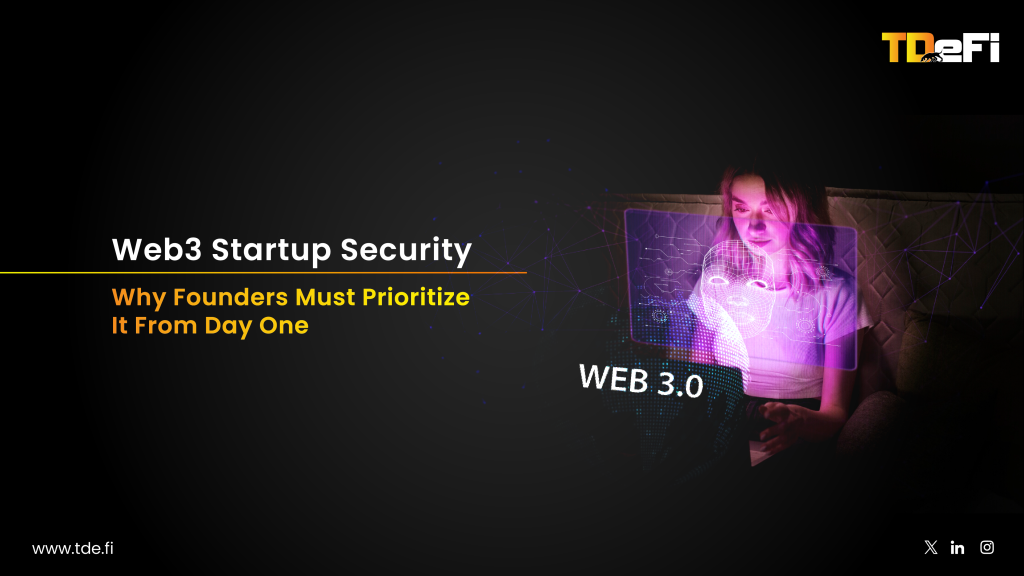Designing robust tokenomics is the lifeblood of any Web3 project. Beyond just issuing a token, founders must calibrate supply, demand, incentives, and governance in a way that creates lasting value—even when short-term speculation is at its peak. By crafting an economic framework that aligns with real utility, transparency, and fair distribution, projects can withstand hype-driven market movements and remain attractive to long-term participants.
Introduction
The term “tokenomics” isn’t just another buzzword. For Web3 founders, it’s the foundational blueprint that dictates how your token will be created, allocated, used, and governed. In a world where entities like “pump.fun” can spark volatile hype cycles, balancing short-term market enthusiasm with sustainable growth becomes critical. When done right, tokenomics promotes community trust, mitigates dumping risks, and aligns every stakeholder with the project’s mission. This blog dives deeper into why intentional tokenomic design matters and offers practical tips to help founders navigate the challenges of building sustainable blockchain projects.
The Significance of Sustainable Tokenomics
In traditional startup ecosystems, success relies on clear value propositions, solid business models, and efficient capital allocation. For Web3 projects, tokenomics adds another dimension—how the token generates, captures, and circulates value within the ecosystem. If poorly designed, then it can have the following impact:
- Price Volatility: An imbalanced supply-demand dynamic can result in extreme price swings, making your token unattractive to long-term holders.
- Community Distrust: Over-allocation to founders or early investors can create skepticism about motives and fairness.
- Regulatory Risks: Lack of clarity around token utility and structure could attract scrutiny from regulators.
On the flip side, well-crafted tokenomics can be a powerful catalyst for user engagement, governance participation, and overall project stickiness.
Balancing Supply and Demand: More Than Just Numbers
Supply isn’t just about how many tokens are in circulation. It also involves vesting schedules, inflation rates, burn mechanisms, or buybacks, each serving a unique role:
- Vesting Schedules: Gradual token release discourages pump-and-dump schemes.
- Inflation vs. Burn: While controlled inflation can fund ecosystem development, a burn mechanism can help counteract dilution and maintain scarcity.
Demand is driven by the token’s utility:
- Staking and Governance: Holding tokens to participate in governance decisions or earn staking rewards cultivates a community committed to the project’s success.
- Platform Utility: Tokens that unlock platform features (e.g., premium access, discounted fees) become indispensable to users, driving consistent demand.
When orchestrated with care, these mechanics can maintain balanced token pricing, reducing the allure of short-term speculation.
Utility Beyond Hype
Having a token is not enough—founders must clearly articulate its purpose. In a hype-fueled market, short bursts of speculative interest might skyrocket token prices, only to see them plummet once the hype recedes. By tying the token to real-world activities or services, you effectively anchor its value. Sample utilities:
- Transactional Utility: If your platform uses the token as its native currency for transactions or services, demand naturally increases as user activity grows.
- Access to Advanced Features: Offering unique features or tiered services tied to token holding can strengthen user commitment.
- DeFi Integrations: Collaborations with DeFi protocols—like liquidity provision, yield farming, or lending—boost utility and expand the token’s reach.
Projects that focus on long-term fundamentals often emerge stronger, retaining user confidence even if speculative players exit the market.
Fair and Transparent Distribution
The distribution stage is where founding teams can either build lasting trust or spark community suspicion. A few guidelines to keep in mind:
- Equitable Allocation: Distributing tokens through mechanisms like public sales, airdrops, and community rewards ensures a broad holder base.
- Lock-ups and Vesting: Preventing large token holders from instantly offloading their allocations fosters confidence among new investors and discourages opportunistic dumping.
- Transparent Reporting: Periodic updates on token release schedules and project milestones help maintain investor trust and engagement.
In TDeFi’s Incubation Program, we emphasize these principles by guiding projects to adopt transparent token allocation models that align with community interests from the get-go.
Governance: Turning Speculators into Stakeholders
One key advantage of tokens over traditional equity is decentralized governance. By giving holders the right to vote on proposals—from treasury usage to protocol upgrades—you transform passive investors into active stakeholders. This approach fosters a sense of ownership, encouraging individuals to:
- Contribute Ideas: Token holders are often users with hands-on product experience, offering valuable insights for platform improvements.
- Promote the Project: Users with real skin in the game become organic brand ambassadors.
- Engage Long-Term: Governance participants are more likely to hold tokens and contribute consistently, strengthening the overall health of the network.
However, designing these governance mechanisms requires thoughtful planning around voter incentives and quorum thresholds to prevent governance capture by a small, concentrated group.
Future-Proofing Through Adaptive Tokenomics
Crypto markets can shift at breakneck speed, influenced by regulatory changes, global events, or sudden hype cycles. Building adaptive tokenomics prepares you for these uncertainties:
- Algorithmic Adjustments: Automated parameters like dynamic transaction fees or mint/burn rates can stabilize market fluctuations.
- Reserve Protocols: Setting aside stablecoin reserves or treasury funds can help your team respond to emergencies, preventing abrupt market panics.
- Iterative Improvements: Encourage continuous feedback loops from your community and regularly update smart contract parameters as needed.
Adaptability is the hallmark of resilient tokenomics. By staying agile, you can quickly address emerging risks and leverage new opportunities.
Closing Thoughts
Tokenomics is a critical aspect of any Web3 venture—shaping user engagement, community trust, and the project’s overall sustainability. By prioritizing fair distribution, genuine utility, sound governance, and adaptive mechanisms, you create an environment where stakeholders see long-term value instead of just short-term gains.
The future of tokenomics will likely include more sophisticated governance frameworks, cross-chain functionalities, and deeper integrations with traditional finance. Staying ahead of these trends requires continuous learning, adaptation, and community collaboration. By taking a long-term, utility-focused approach now, you’re setting the stage for a resilient and future-proof token—no matter what “pump.fun” or the market throws your way.
TDeFi’s Role in Guiding Tokenomic Excellence
TDeFi’s incubation framework offers in-depth mentorship on best practices for token design, distribution strategies, incentive structures, and governance models. Our network of seasoned founders and market experts provides hands-on support, helping you navigate the pitfalls of overhyped speculation. By aligning your token with fundamental value propositions and transparent governance, you stand a better chance of weathering market turbulence and thriving over the long term.



